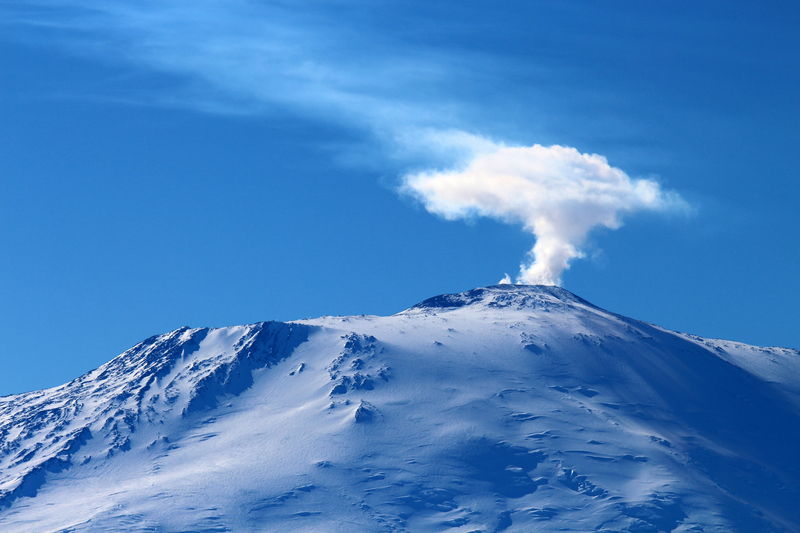ANTARCTICA – In an almost fantastical phenomenon, Mount Erebus, the southernmost active volcano on Earth, regularly emits plumes of gas that spray tiny crystals of metallic gold, amounting to about 80 grams per day, worth approximately $6,000.
This unique occurrence happened amid Antarctica’s icy expanse, where Erebus is prominently situated.
Mount Erebus, standing at a summit elevation of 12,448 feet, is not only the most famous of the continent’s 138 volcanoes but also a source of continual scientific interest since its eruption was first noted in 1841 by Captain James Clark Ross. The volcano is a key feature of Ross Island and has been continuously observed by researchers through the Mount Erebus Volcano Observatory.
Scientists are particularly intrigued by the bursts of gold, which have been found as far as 621 miles away from the volcano. The phenomenon of gold raining from the sky contributes to ongoing studies at the nearby McMurdo Station, the largest Antarctic settlement, which is strategically positioned about 25 miles south of the volcano.
